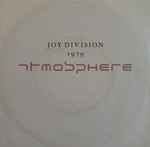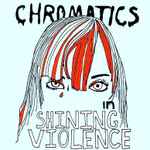Description of post-punk music
Post-punk is a genre of music that emerged in the late 1970s and early 1980s as a reaction against the dominant sound of punk rock. It is characterized by an experimental and often dark sound, with a focus on rhythmic complexity and atmospheric instrumentation.
Post-punk music is marked by its use of instruments such as bass guitar, drums, and keyboards, as well as unconventional instruments such as saxophones, clarinets, and violins. It often features sparse, jagged guitar riffs and driving bass lines, along with angular rhythms and syncopated beats.
Lyrically, post-punk often deals with themes such as social and political issues, urban decay, and personal angst. The vocals are typically expressive and emotionally charged, ranging from spoken word to wailing or screaming.
Some of the most influential post-punk bands include Joy Division, Gang of Four, The Cure, and Siouxsie and the Banshees. These bands helped to shape the sound of the genre and influenced many other musicians in the decades that followed.
Post-punk has since evolved and influenced other genres, including indie rock, gothic rock, and new wave.
Related genres: new wavealternativerock


































































































